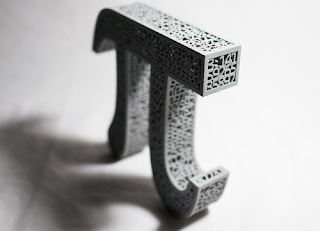from mathmajik.tumblr.com:
"Fascinated by the intricate patterns formed by fractals, basically math processes that repeat incessantly in an ongoing feedback loop, UK physicist-turned-web developer Tom Beddard makes impossibly elaborate complexes that look like they belong in the gritty cities of a dystopian fantasy. Basically what he does is write and run programs on his computer that spit out patterns—"the best outcomes are often the least expected!“ he writes—that he in turn massages (by way of shadowing and the like) into looking like faceted steel-and-concrete architecture.
Sources:Curbed.com
Architizer.com"





















































